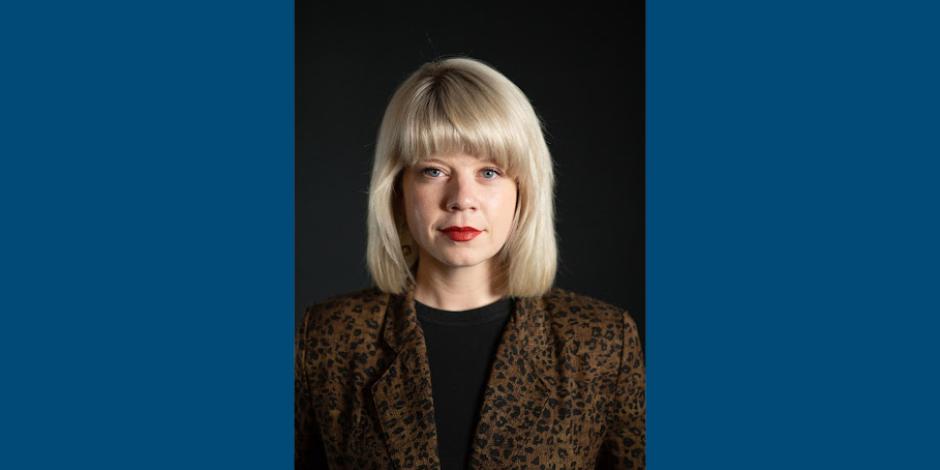An Interview with Evening Outside Keynote Speaker Dr. Britt Wray

The minute we found out about the work of Dr. Britt Wray, we knew we wanted to learn more about her. A well-respected author and scientist, Dr. Wray possesses expertise in an area of research we talk about a lot at NatureBridge—specifically how we can be resilient, hopeful, and actionable amid a changing world, including the climate crisis. We’re thrilled that Dr. Wray will be joining us on May 16 for An Evening Outside with NatureBridge as our Featured Speaker. Ahead of the event, we had the chance to ask her a few questions relating to her work and her connection to the mission of NatureBridge.
The following conversation has been edited for clarity.
Students often leave NatureBridge feeling inspired to be environmental stewards. From your perspective, what would be the most impactful advice you could offer young people who want to make a positive difference for our planet? #
I would say that they should follow what makes them feel most alive when it comes to environmental activity, nature connection, outdoor recreation, climate activism, and so on. The work of protecting our planet is a lifelong journey, and it needs to be fun in order for people to stick with it for the long haul and not give up to focus on other more immediately rewarding temptations… It’s important to pay attention to which activities and practices energize you, inspire you, make you jump out of bed in the morning and fill you with a sense of joy, and then follow the wisdom that comes from that energy. It’s equally important to notice what drains you and sucks oxygen out of the room, and avoid those pathways (even if you feel some expectation to pursue them from external forces). Making environmental stewardship fun and life-affirming should be the goal.

